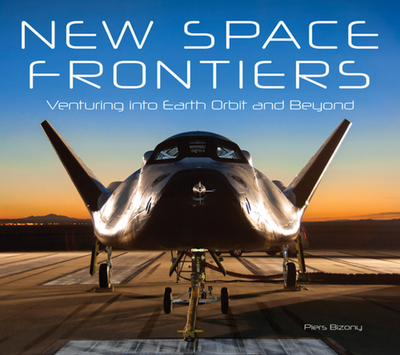Review: New Space Frontiersby Jeff Foust
|
| Given the book’s modest length, it’s not surprising that Clegg doesn’t go into any great detail about any of these topics. |
That sounds a lot like another recent book, Final Frontier (see “Review: Final Frontier”, The Space Review, December 1, 2014). But while that book examined the scope of space exploration efforts without the use of a single image, New Space Frontiers is a large-format book that makes extensive use of color photos and illustrations. Nearly every page has some kind of color artwork that gives this book a very different feel.
Given the book’s broad scope, and short length, Bizony moves quickly from topic to topic, sometimes giving readers whiplash. In the first chapter, he devotes one paragraph to the Obama Administration’s decision to cancel the Constellation Program, condensing that nearly year-long debate into a couple hundred words. The very next paragraph then moves on to discuss space tourism, under the heading “Virgin Galactic,” although it takes him several pages to get to that suborbital spaceflight company. A later chapter on space stations devotes about an equal number of pages to the International Space Station and the concept of space colonies, with half a page thrown in about space elevators between them.
While there was some soul searching by Brian Clegg at the end of Final Frontier, as he described his shift in opinion on human spaceflight, there’s no equivalent to that by Bizony. Here, he seems cautiously optimistic that humanity will expand beyond Earth into the solar system, quoting Stephen Hawking at the end of the book: “But I’m an optimist. We will reach out to the stars.”
As with Final Frontier, if you’re a regular reader of this publication and others like it, you probably already know most of the content of New Space Frontiers. For those less familiar with the future of government and commercial space efforts—like those who were unaware of NASA’s exploration plans prior to Friday’s Orion test flight—this book is a nicely illustrated, if high level, overview of what the future may hold for spaceflight.
